

Hi all,
I received this e-mail about the Australian fire that broke, due to once in a century heat-wave, a week ago. I can safely term it as nature’s answer to our thoughtless activities that have created global warming. It is a very small example how nature can be hard-hitting when it comes to giving punishment.
THE SHEER horror and devastation of the forest fires in the Australian state of Victoria is contained in news that over 300 people probably died in the blazes, thousands were injured and some 7,000 are homeless. An estimated 865,000 acres were affected and nearly 1,000 homes destroyed in four towns and dozens of villages. Attention is now turning to why this happened and what should be done in future to prevent it recurring.
Climate change, hazard reduction burning are but some of the issues involved.A fire truck moves away from out of control flames from a bushfire in the Bunyip Sate Forest near the township of Tonimbuk, 125 kilometers (78 miles) west of Melbourne, Saturday, Feb. 7, 2009. Walls of flame roared across southeastern Australia, razing scores of homes, forests and farmland in the sunburned country's worst wildfire disaster in a quarter century.
Flames and smoke rise from a bushfire in the Bunyip Sate Forest west of Melbourne, Saturday, Feb. 7, 2009.
A Country Fire Authority (CFA) Sector Commander looks up at a giant fire raging in the Bunyip State Park near Labertouche, Australia, on February 7, 2009. More than 40 blazes raged across two states as a once-in-a-century heatwave pushed the mercury as high as 46 degrees Celsius (115 Fahrenheit) with fire bans in place across much of the south-east.
A general view of the devastation from the Peats Ridge Valley bushfire on February 9, 2009 in Peats Ridge, Australia.
A firefighter tries to contain a bushfire approaching the town of Peats Ridge, north of Sydney, on February 8, 2009.
Small acreage is burned out in Kinglake, northeast of Melbourne, Australia, Sunday, Feb. 8, 2009.
Senior Wildlife Officer Geoff McClure looks over the destruction in the main street of Marysville, some 100 kilometres northeast of Melbourne on February 9, 2009. The wildfires have become the deadliest in Australia's history, destroying entire towns and wiping out families and amid the heartache there was also anger as police revealed they suspected some of the fires were started by arsonists.
Family members react after learning that their parents Bill and Faye Walker and disabled brother Geoffrey were killed in wildfires in Marysville, north of Melbourne, Monday, Feb. 9, 2009.
A burnt out house is seen following the bushfires that swept through the region on February 9, 2009 in Christmas Hills, Australia.
The remains of a properties destroyed by bushfires are seen in the town of Kinglake, 55km (34 miles) northeast of Melbourne February 8, 2009.
A bushfire burns through a forest on the outskirts of Labertouche, 90km (56 miles) east of Melbourne February 7, 2009.
Craig Kidd looks at the melted metal of alloy wheels from his burnt out vehicles after a bushfire swept through his property on February 9, 2009 in Bendigo, 160 km from Melbourne, Australia.
A burnt out camera is seen on the ground, following bushfires that swept through the region on February 9, 2009 in Christmas Hills, Australia. Does high cost Materialistic things matter to nature.?
The remains of St. Andrew's church are scattered after it was destroyed by fire in the community of Kinglake, northeast of Melbourne on February 9, 2009. There's no mercy for anything when it comes to punishment in the court of nature.
A single burnt out tree remains standing after a bushfire swept through on February 9, 2009 in Bendigo, 160 km from Melbourne, Australia.
A man surveys the remains of a property after a bushfire swept through it on February 9, 2009 in Bendigo, 160 km north of Melbourne, Australia.
The burnt remains of a house are left standing in the aftermath of a bushfire on February 3, 2009 in Boolarra, approximately 200 kms southeast of Melbourne, Australia.
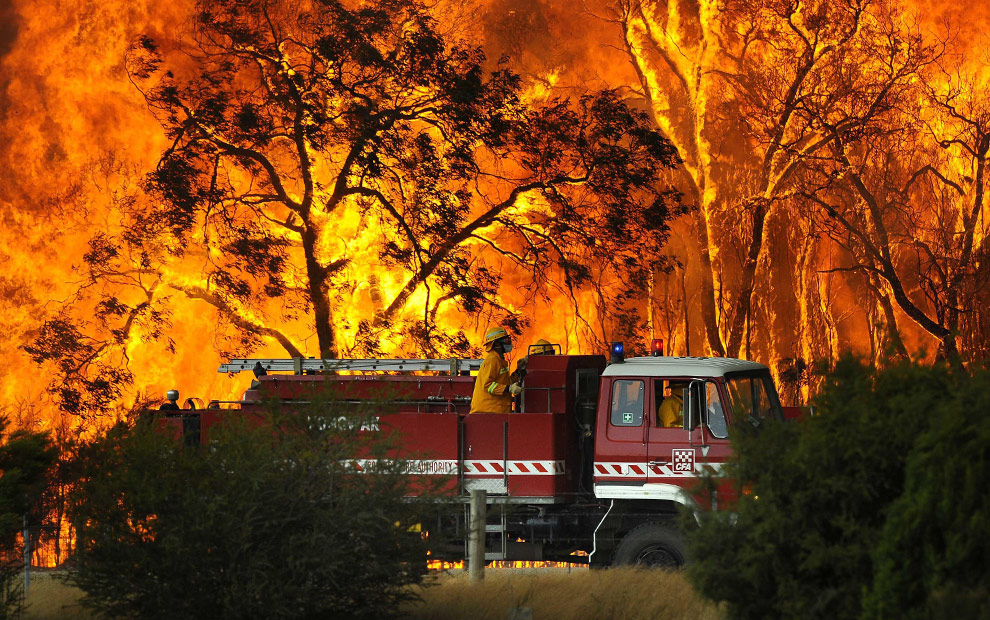
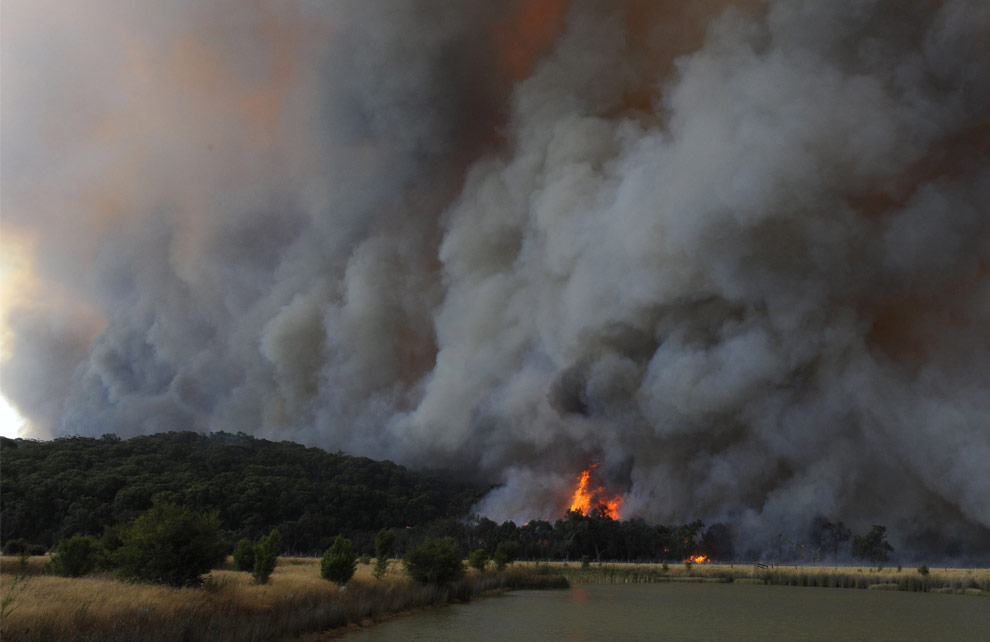
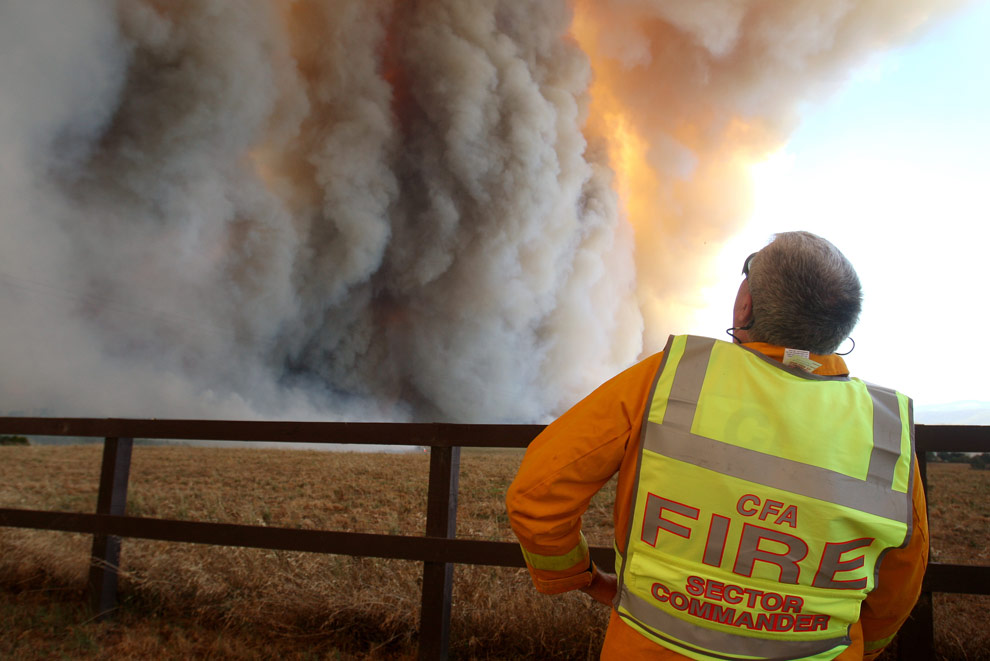
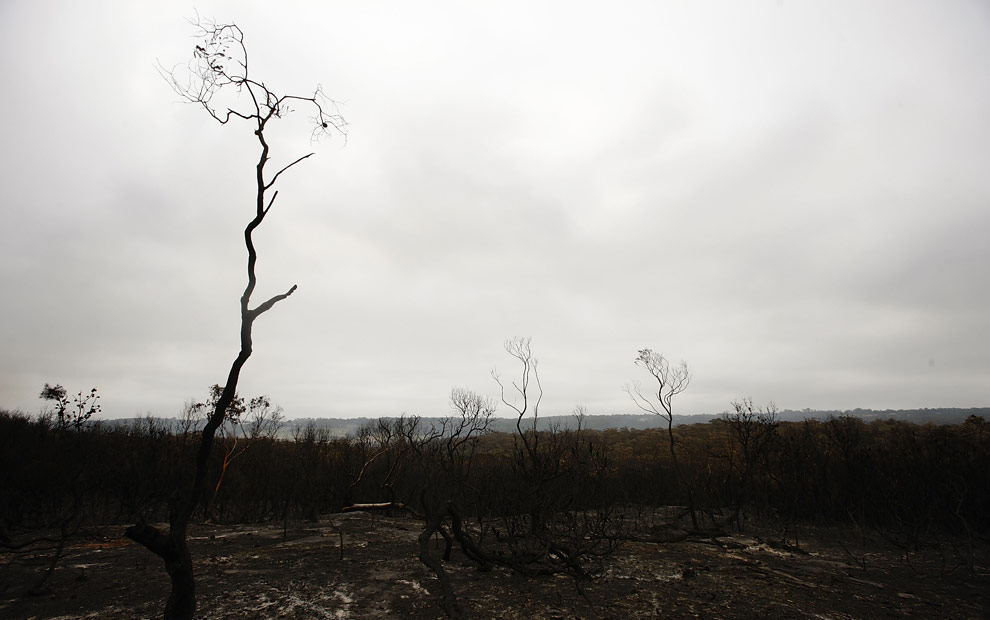
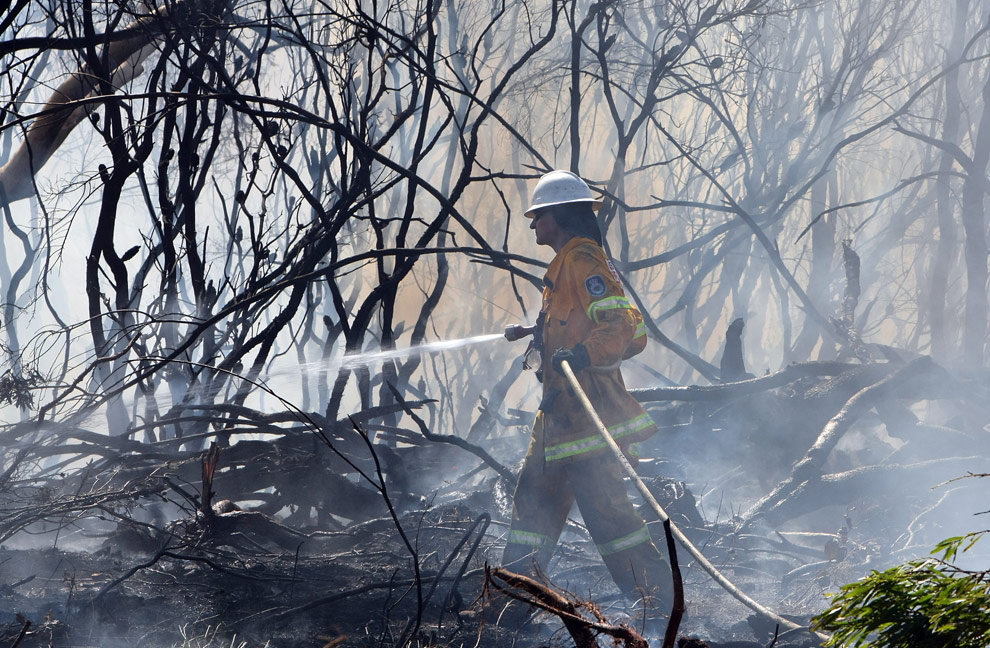
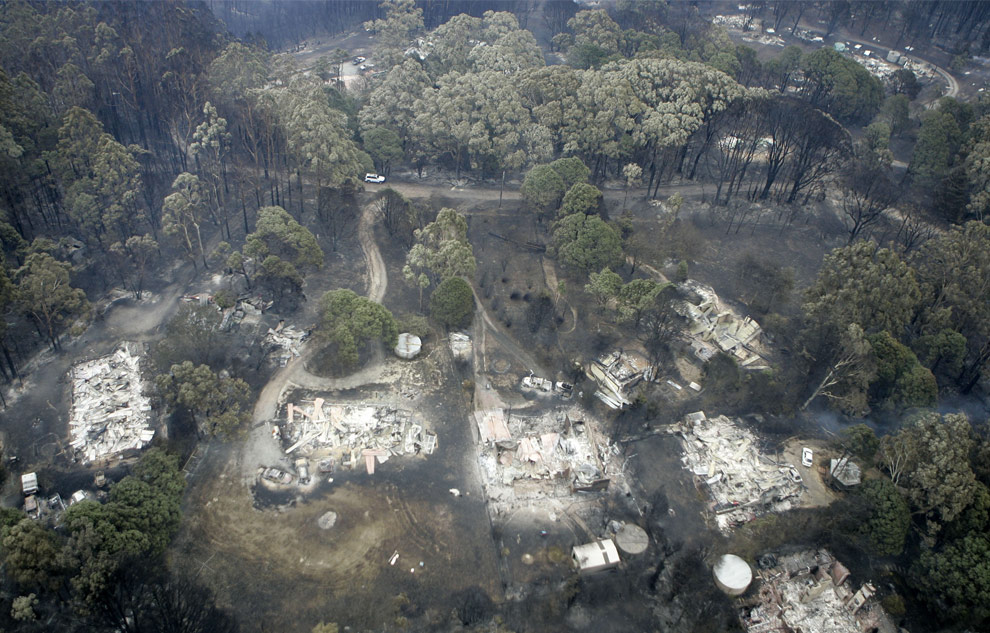
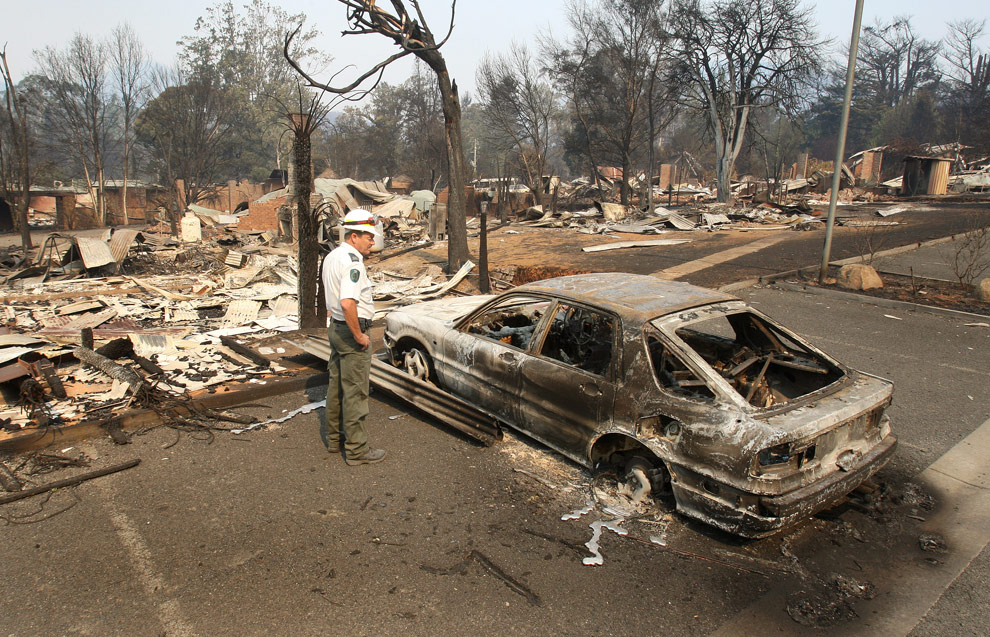
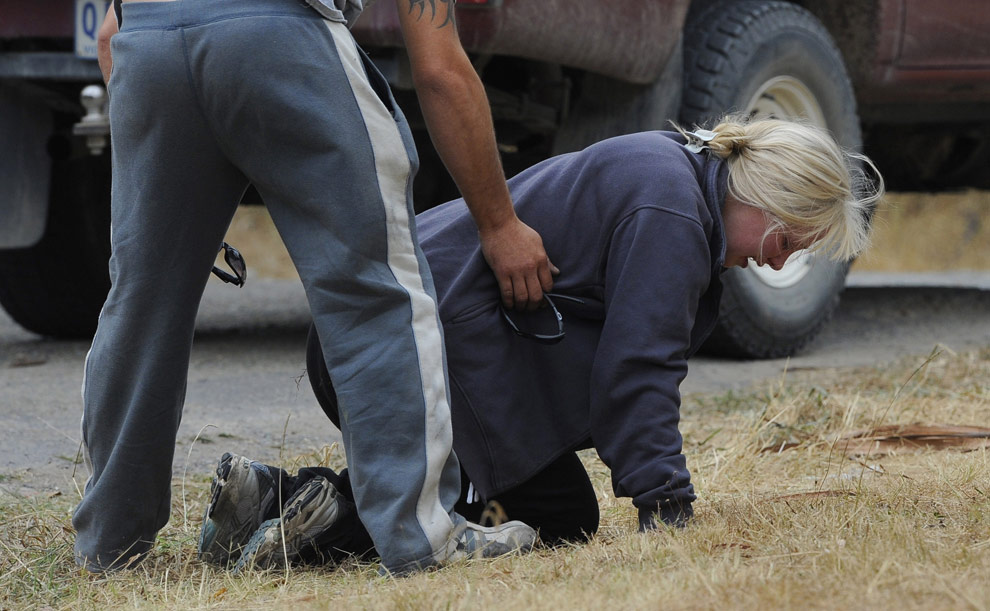
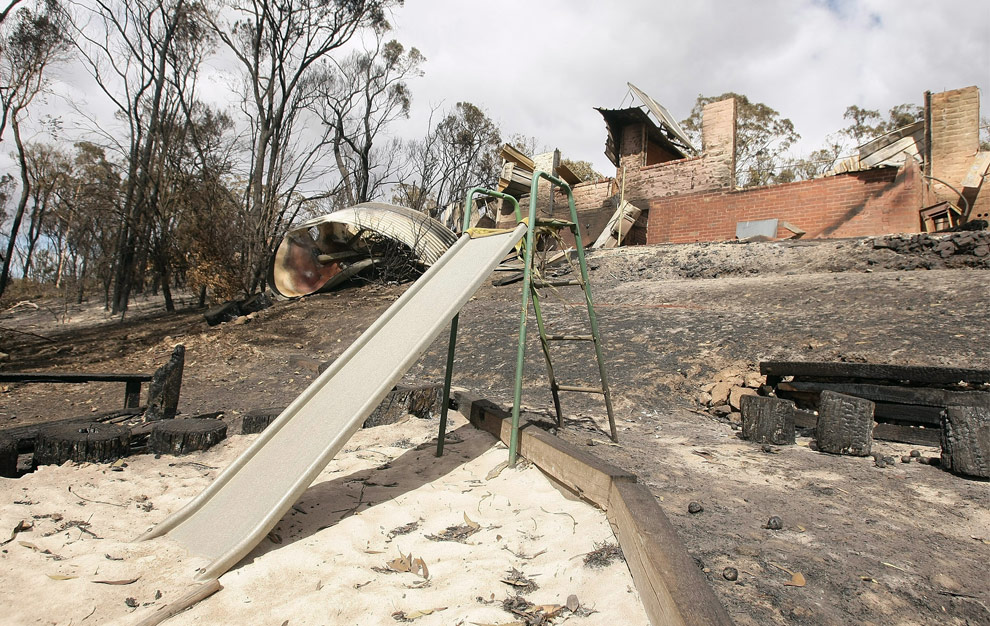
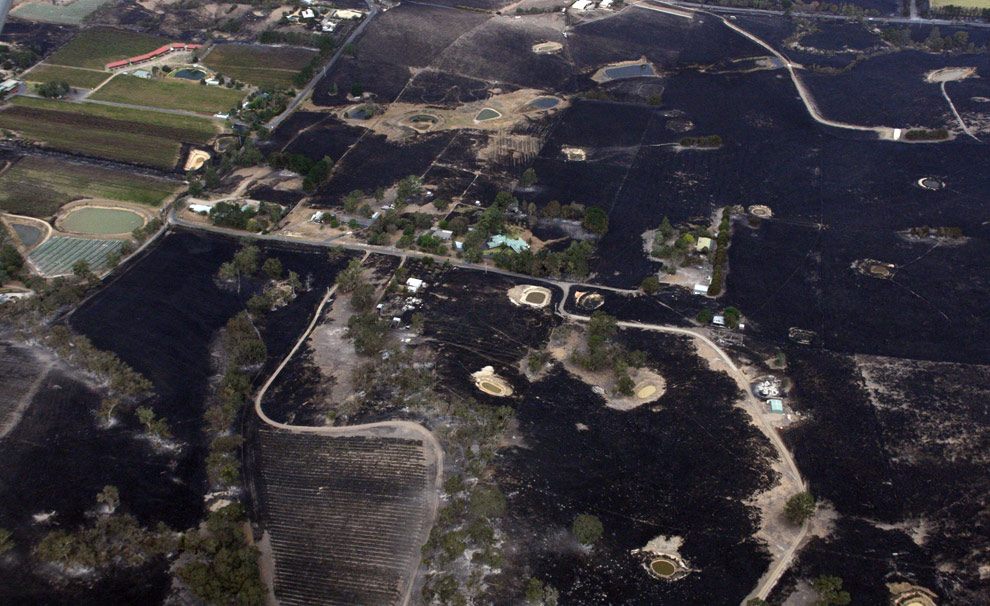
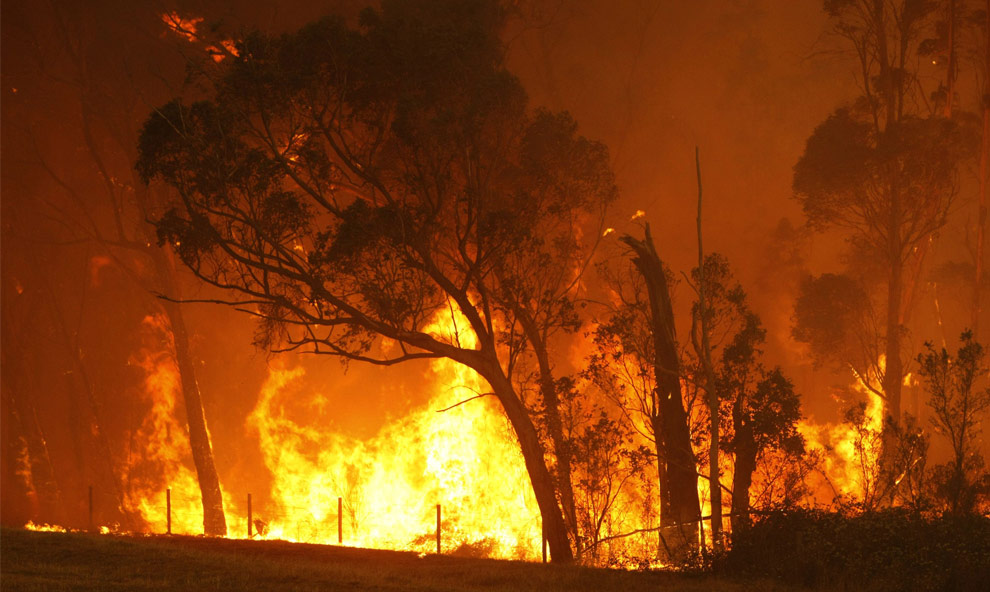
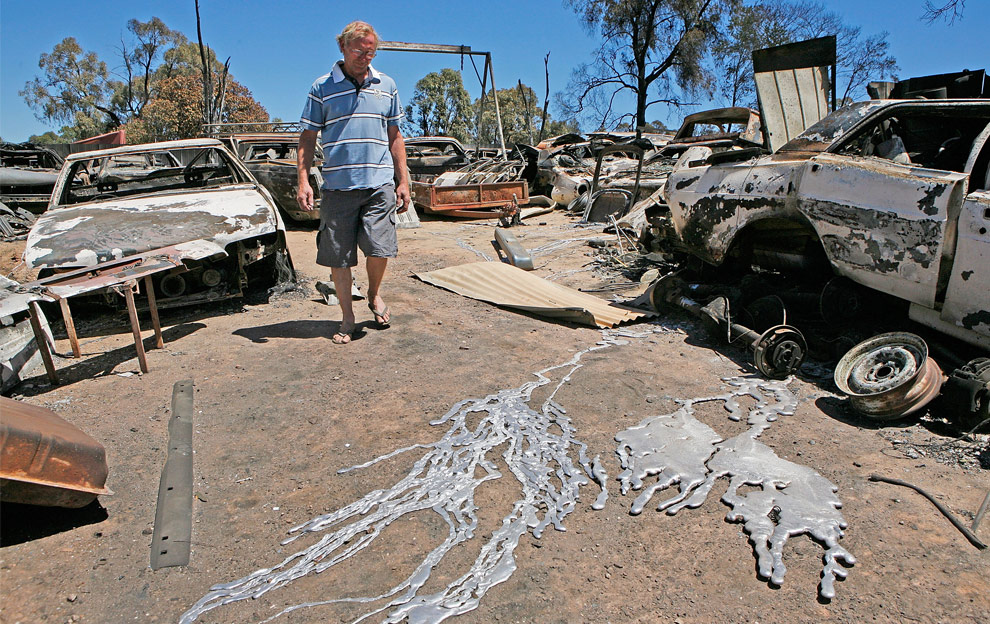
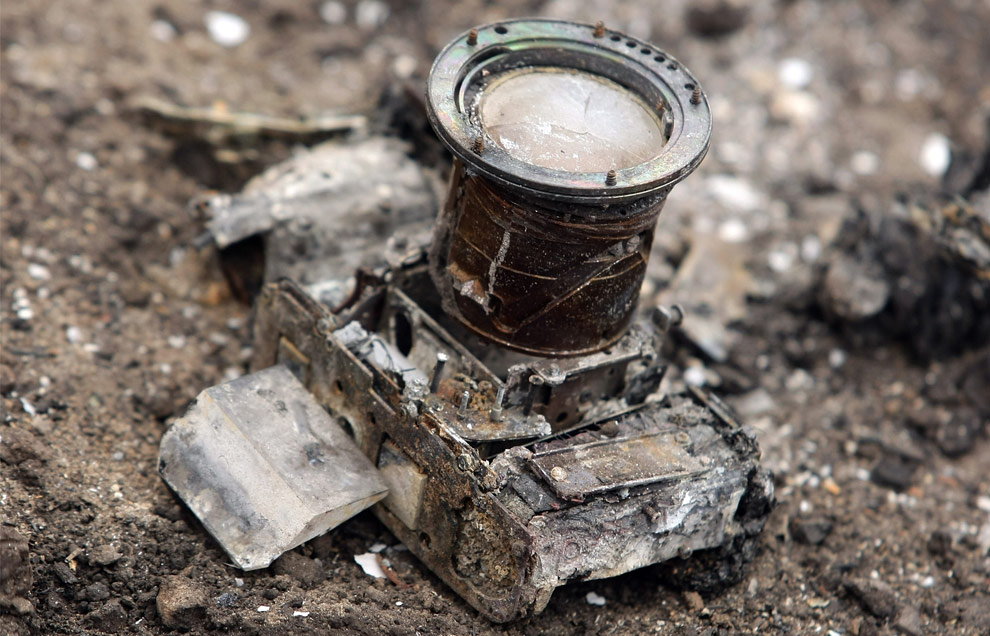
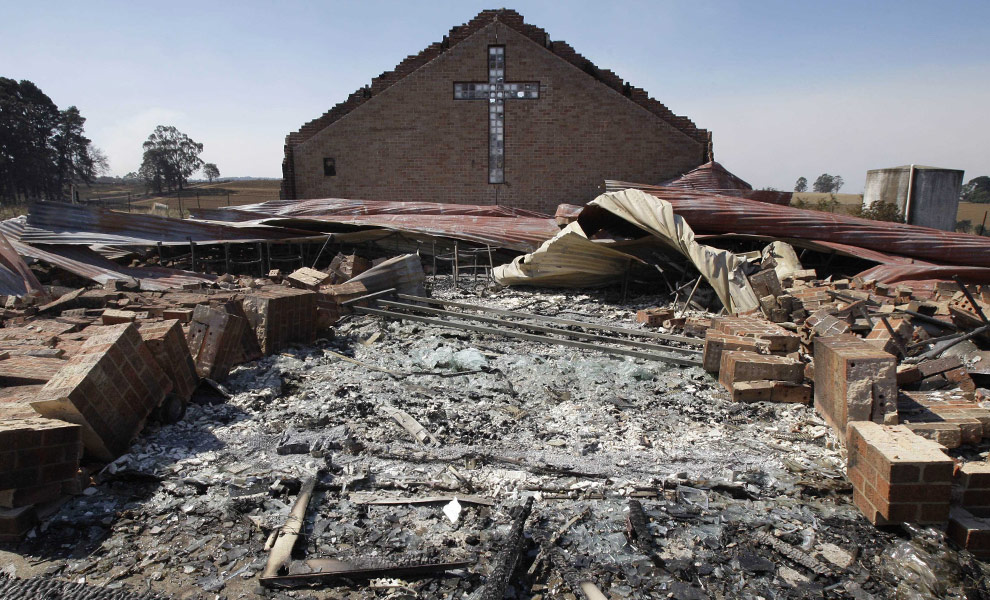
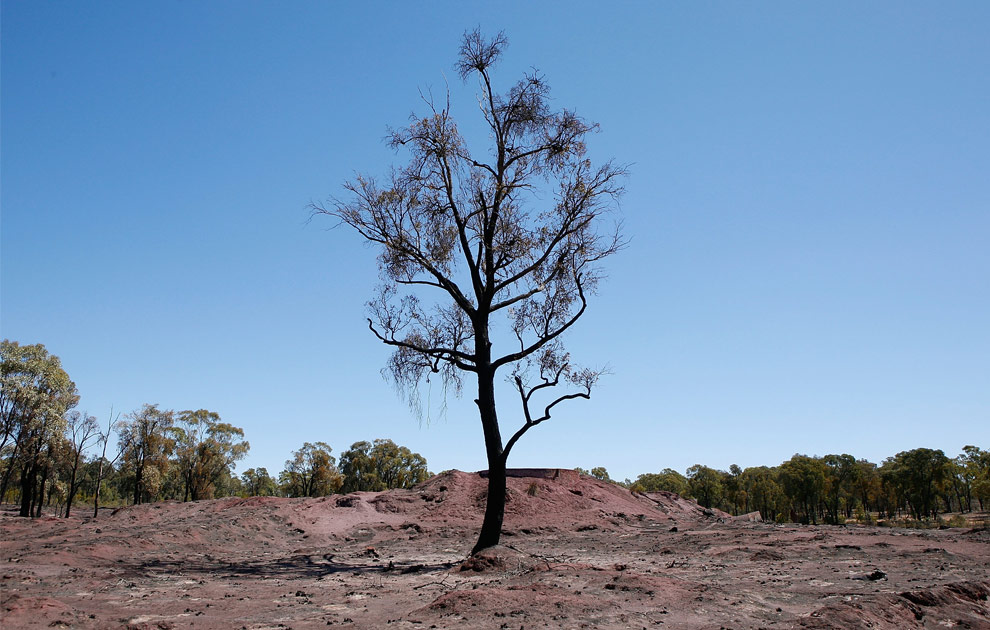
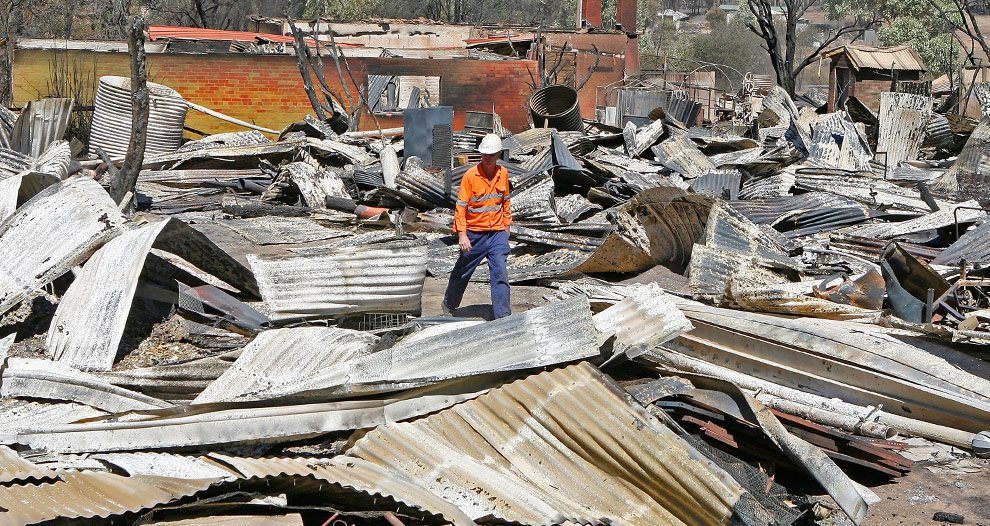
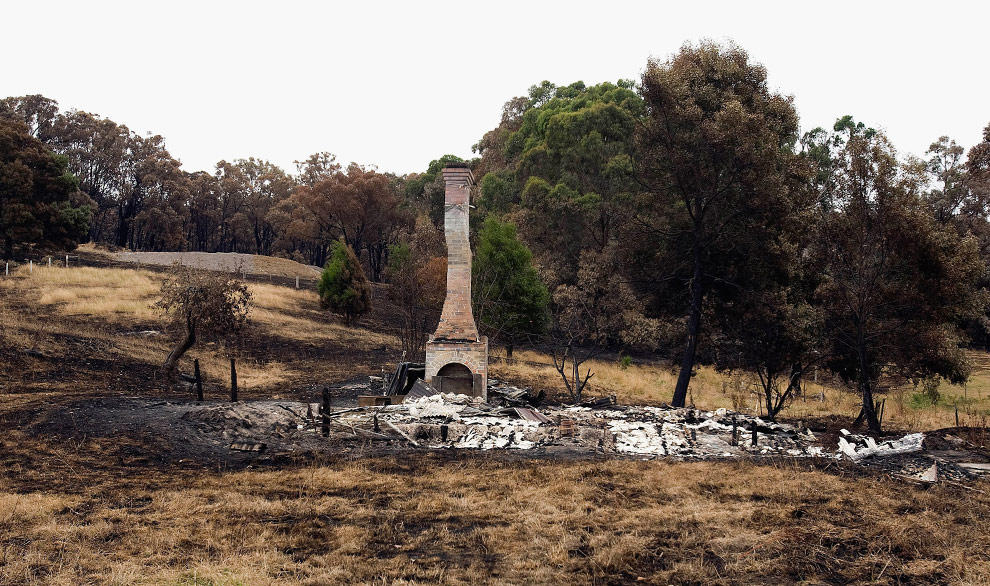

No comments:
Post a Comment